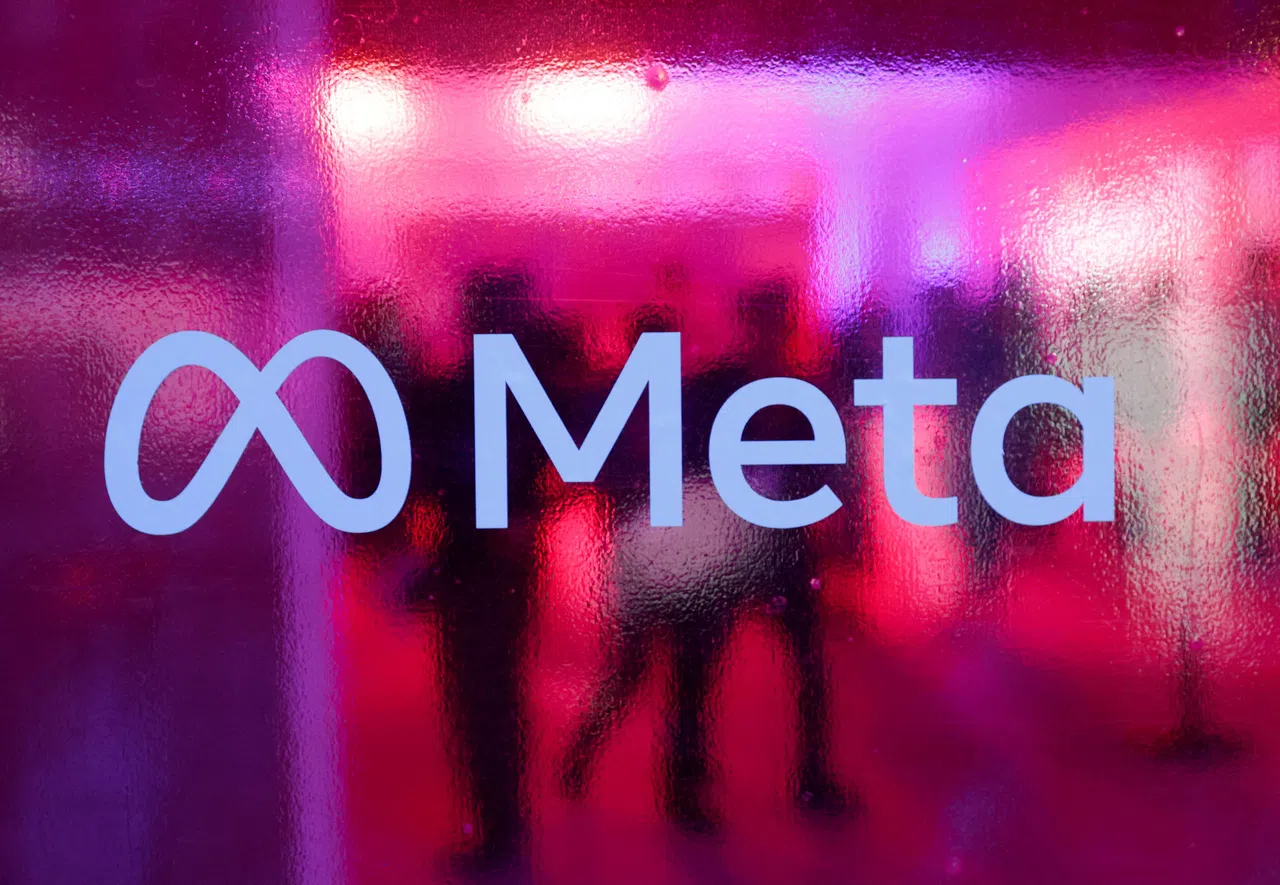META Platforms, after pushing into augmented reality and artificial intelligence (AI), has identified its next big bet: AI-powered humanoid robots.
The company is making a significant investment into the category – futuristic robots that can act such as humans and assist with physical tasks – and is forming a new team within its Reality Labs hardware division to conduct the work, according to sources with knowledge of the matter.
Meta plans to work on its own humanoid robot hardware, with an initial focus on household chores. Its bigger ambition is to make the underlying AI, sensors and software for robots that will be manufactured and sold by a range of companies, said the sources, who asked not to be identified because the initiative has not been announced.
Meta has started discussing its plan with robotics companies, including Unitree Robotics and Figure AI. At least initially, it does not plan to build a Meta-branded robot – something that could directly rival Tesla’s Optimus – but it may consider doing so in the future, the sources added.
The humanoid effort mirrors exploratory projects at other technology giants, including Apple and Alphabet’s Google Deepmind division. A Meta spokesperson declined to comment.
Meta confirmed the creation of the new team to employees on Friday (Feb 14), telling them it will be led by Marc Whitten, who resigned as chief executive officer of General Motors’s Cruise self-driving car division earlier this month. He was previously an executive at gaming company Unity Software and Amazon.com.
BT in your inbox
Start and end each day with the latest news stories and analyses delivered straight to your inbox.
“The core technologies we have already invested in and built across Reality Labs and AI are complementary to developing the advancements needed for robotics,” Andrew Bosworth, Meta’s chief technology officer, wrote in a memo reviewed by Bloomberg News. He mentioned the company’s advancements in hand tracking, computing at low bandwidth and always-on sensors.
Meta executives believe that while humanoid robotics companies have made headway in hardware, Meta’s advances in AI and data collected from augmented and virtual reality devices could accelerate progress in the nascent industry. Current humanoids are still not useful enough to fold clothes, carry a glass of water, place dishes in a rack for cleaning or conduct other home chores that could get consumers interested in the category.
“We believe that expanding our portfolio to invest in this field will only accrue value to Meta AI and our mixed and augmented reality programmes,” Bosworth wrote. Whitten, who will report to Bosworth, will have a headcount to hire around 100 engineers this year, one of the sources said.
Meta’s goal is to provide what Google’s Android operating system and Qualcomm’s chips did for the phone industry by building a foundation for the rest of the market.
The software, sensors and computing packages that Meta is already developing for its devices are the same technologies that are needed to power humanoids, according to one of the sources involved in the project.
Meta has been investing billions of US dollars for years into its Reality Labs hardware division, which sells products such as the Quest VR headset and the increasingly popular Ray-Ban smart glasses. Meta plans to spend US$65 billion this year on related products, including artificial intelligence infrastructure and the new robot work.
Tesla CEO Elon Musk has said that his company’s Optimus robot will eventually be sold to consumers and could cost around US$30,000. Tesla is beginning limited production this year. Other businesses also have made headway. Boston Dynamics, for instance, has already brought products to market for automation in warehouses. Some companies are focused on selling to businesses and manufacturers, while Meta’s intention is to sell into homes.
Humanoids are an evolution of the work companies have been doing in autonomous vehicles. They use similar underlying technologies and require large amounts of data and AI processing. But while the safety stakes are lower – roaming a person’s home instead of travelling 50 miles per hour on an open road – Meta executives believe humanoids are more challenging because every person’s home has a different layout, while city streets are fairly standardised.
Meta will build some of its own hardware, use off-the-shelf components and work with existing manufacturers as soon as it can, said the sources with knowledge of the project. They added that building prototypes and hardware is key for testing ahead of deploying a platform, even if Meta itself does not ultimately release a branded product.
The company is pitching its work as the platform of choice for robot development, one of the sources said, adding that the goal was to make Meta’s Llama software a foundation for robotics researchers around the world.
Meta will also seek to develop tools for robot safety, addressing possible dangers such as a person’s hand getting caught in an actuator or another part of a humanoid robot. There are also issues related to power safety, such as how a robot powers down or stops functioning mid-task if it runs out of power.
While the official push into humanoid robots is new for Meta, the company’s Fair, or Fundamental AI Research Group, has been exploring and publishing papers on robotics work for months. Apple recently started publishing AI papers related to robotics work as well.
One source with knowledge of the project said that Meta believes humanoids are still a couple of years away from being widely available – and it could be years before the company’s platform is ready to underpin third-party products. But it will become a major focus for Meta and the broader tech industry, the source said. BLOOMBERG




